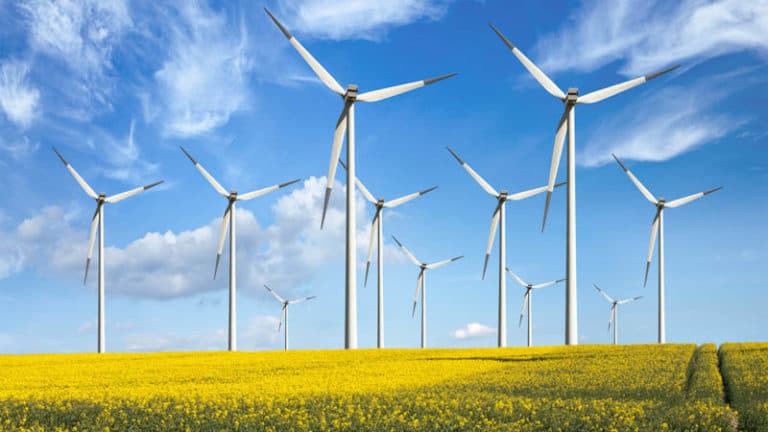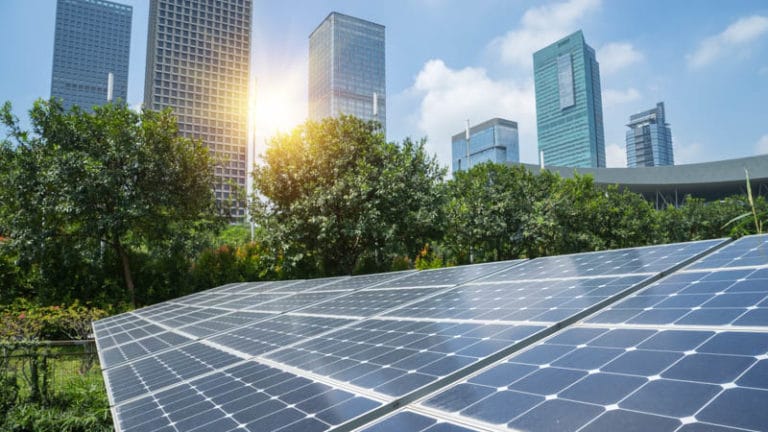Air-gen device generates clean energy 24/7
Laboratories at the University of Massachusetts Amherst have created the new Air-gen device that uses a natural protein to create electricity from air moisture. The new technology is non-polluting, renewable, low-cost and can generate power in areas with low humidity.






